Each year, Japan Post delights us with tiny details hidden within their standard New Year’s postcards known as nengajo. They’re so small that it’s easy enough to miss.
Around this time of year it’s easy to get swept up in the hustle and bustle of year-end business. We’re certainly guilty of it ourselves. But let’s slow down for a moment, take out our microscope to examine the small details.
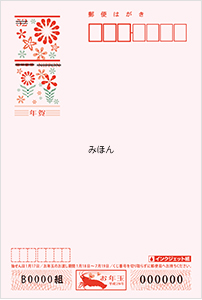 Compact Crustaceans
Compact Crustaceans
For the first tiny yet delightful detail you’ll need a literal magnifying glass. Japan Post’s 2016 “Colors” postcard appears to be decorated with floral patterns to indicate that postage has been paid.
But look closely as each of these flower petals are made up of symmetrical shrimp. But why shrimp, you might be wondering. Well, because of their long antennae and curved body (like the curved back of an elderly person) shrimp are symbols of longevity and are commonly served as part of osechi ryouri, Japan’s festive New Year’s feast.
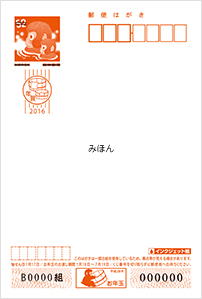 12 Years a Parent
12 Years a Parent
The next secret requires a bit of time travel. 12 years back in time, to be precise, to when the Monkey was zodiac animal of the year.
In 2004 one of Japan’s famous snow monkeys was depicted soaking in a hot spring. 2016 is just around the corner and that same monkey has a surprise: it has a baby monkey! And the illustration is complete with a baby bucket and cloth.
Ah, details! They’re the spice of life, don’t you think?

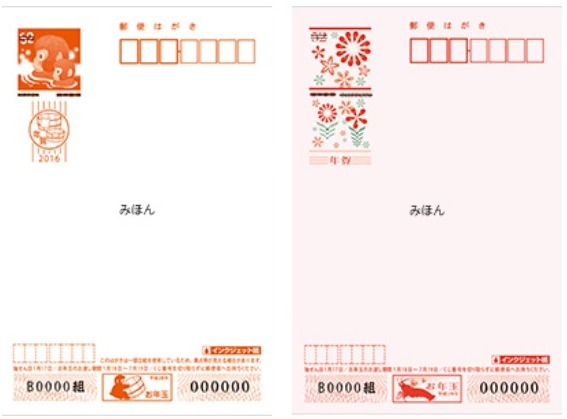
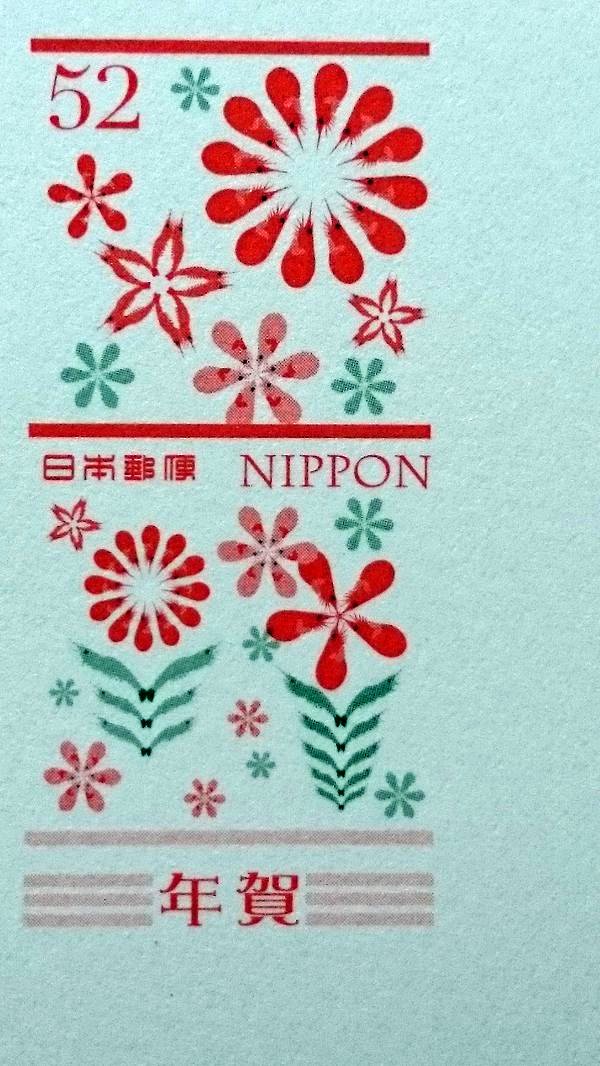
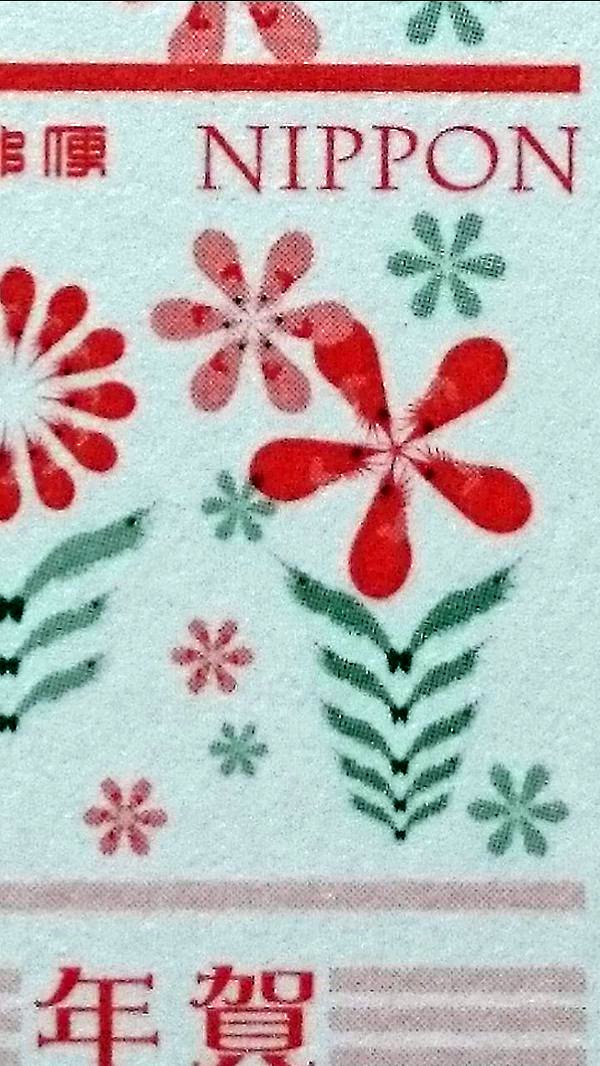
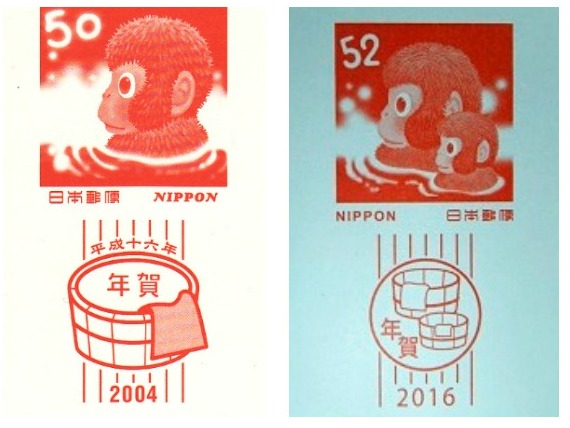

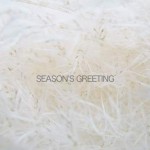
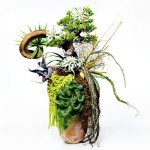
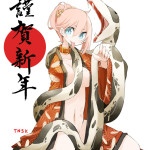
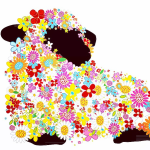


















December 30, 2015 at 11:43 pm
And bucket making i.e. coopering is an incredible craft in Japan.